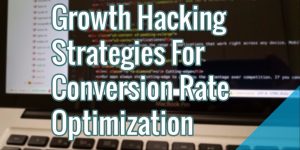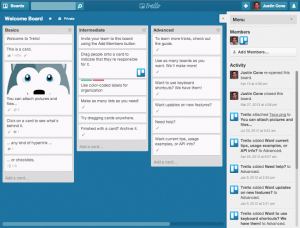Social media platforms are one of the best places for businesses to connect with consumers. Marketers and businesses are realizing this opportunity and flocking to social networks. Many are not making social media marketing a priority.
However, without any data or analytics to fuel your strategy, you’ll be going in blind. And that never works out for anyone, unless you get lucky.
So, if you’re prudent enough to not rely on luck for the success of your social media marketing, then you should rely on analytics. There are numerous analytics tools that can provide you with relevant data to improve your social media performance.
From your social media accounts’ performance metrics to audience insights, there’s a lot of data available for you to use. Basing your social media strategy on actual facts and data can help improve its effectiveness and ensure that you’re successful.
In this post, we will discuss how analytics and a data-driven marketing strategy can help you get the best out of your social media marketing.
Ways in Which Analytics Can Improve Your Social Media Performance
There are numerous benefits of using analytics to back your social media strategy. Here are some things that analytics can help you with.
1. Understand Your Audience
The first thing that you need to do before starting any marketing campaign is to understand who your target market is. Social media analytics can help you with that by providing insights into your current audience’s demographics and behaviors.
Most social media platforms like Instagram, Twitter, and Facebook provide audience insights. This normally includes basic categorization like age, gender, location, etc. Some platforms also provide insights into buying behaviors and interests.
Here’s an example of audience insights provided by Twitter:
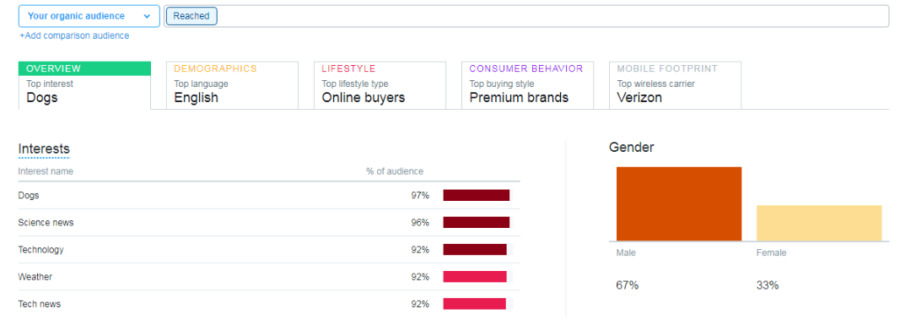
2. Create Better Content
Using social media analytics, you can find out what type of content works well for your audience and what doesn’t. Whether they prefer images over text or like video posts more than any other type of posts, you can find out using analytics.
Almost all social media platforms provide data on how each post has performed and which posts get the maximum engagement. You can use that data to identify trends and understand what works best for you to improve your future content strategy.
Using social media analytics to fuel your content strategy will help you improve your content and deliver only high-performing content over time.
You can use a tool like BuzzSumo to find out what type of performs well. It can help you discover new content ideas and keep track of what your competitors are posting.

Image via BuzzSumo
3. Find the Best Times to Post
Social media analytics tools also show the engagement rates of your posts by time and day of the week. You can use that data to find out when your audience is most active and what the best times to post on social media are.
For instance, you just need to login to your profile and go to Instagram Analytics to get insights about your audience. It shows you information like your audience’s ages, genders, locations, and when they are most active on the platform.
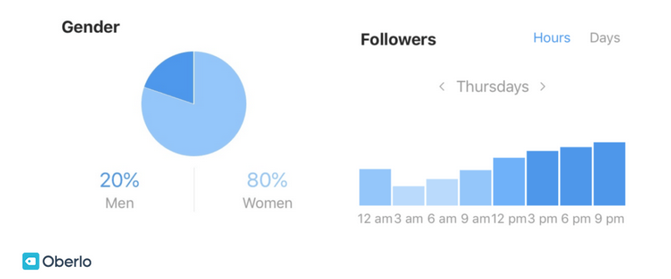
Image via Oberlo
Using those insights, you can optimize your content posting schedule to post at times and days that get the highest engagement. This will help improve the performance of your social media posts.
4. Spy on Your Competitors
There are many third-party social media analytics tools where you can simply add an account name and find performance metrics for it. Using these tools, you can spy on your competitors and find out what type of content they are posting and how it’s performing.
An example of such a tool that you can use for competitor analysis on social media is Sprout Social. Using its competitive reports, you can keep track of your competitors’ fundamental metrics across Instagram, Facebook, and Twitter.
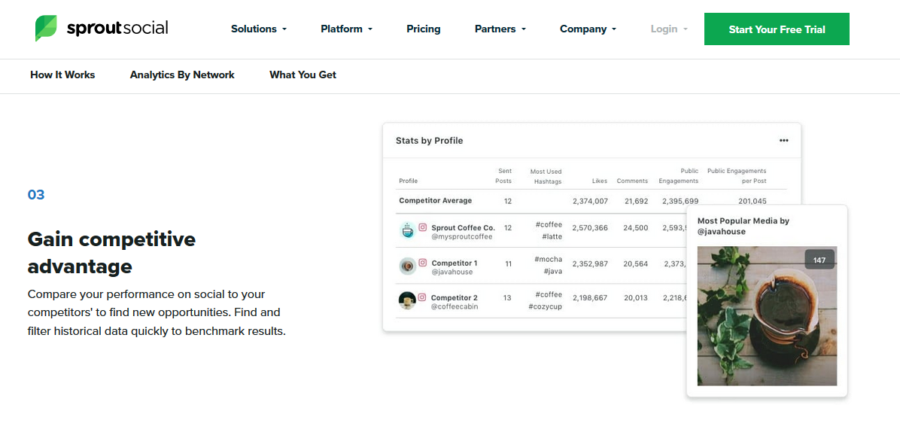
Image via Sprout Social
So, how will spying on your competitors help?
To begin with, you can benchmark your overall growth by comparing how you fare against your competitors.
Furthermore, by analyzing what’s working for your competitors, you can get inspiration for your social media content. You can create similar content as their top-performing content as you already know that it works. This saves time and effort while ensuring that your content performs well.
5. Select the Right Platforms for Your Business
There are so many social media platforms these days that it is practically impossible for you to stay active on all of them. Therefore, you need to select a few platforms and focus your efforts only on those select few.
You can experiment with different social media platforms and gather performance metrics for all of them. Then select the platforms that get you the highest reach and engagement and focus your efforts on those.
You can also leverage Google Analytics’ social traffic data to find out which platforms bring in the most traffic to your website.

Image via Google Analytics
6. Improve Your Social Media Campaigns
You can also leverage analytics to assess how your social media campaigns are performing. If you are running an influencer campaign, then you can track performance using an influencer marketing tool.
You can also use UTM tracking links in your social media posts to track the performance of your campaign. UTM parameters like “campaign” and “source” can tell you exactly what is driving your website traffic. It also helps with conversion tracking for your marketing campaigns.
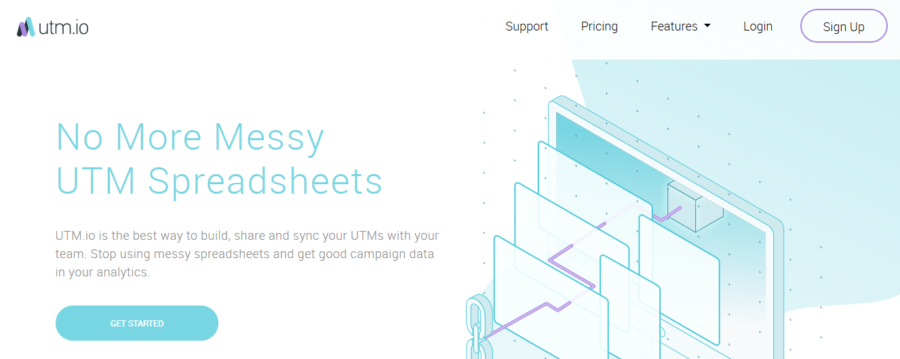
Image via UTM
Social media listening tools can also help you measure the performance of your campaigns by doing a sentiment analysis before and after a campaign. If the brand sentiment increases after a campaign, it indicates that the campaign was well-received by your audience.
Campaign performance tracking improves your social media performance by helping you design better campaigns in the future. If a campaign didn’t work well, you can identify the reasons why it didn’t and not make the same mistakes in the future.
7. Find Relevant Influencers
Social media marketing goes hand-in-hand with influencer marketing. Your social media marketing strategy is incomplete without scope for an influencer campaign. And, analytics can help you find relevant influencers for your business.
You can use influencer search tools and communities like NeoReach and Influence.co to find influencers in your niche. These platforms provide detailed performance analytics data for each influencer. You can use this data to select the right influencers to collaborate with.
You can also find information on each influencer’s past brand collaborations. This will help you make a more informed choice that will ensure that you select the best influencers. Here’s an example of the kind of data you can expect for each influencer in influence.co.
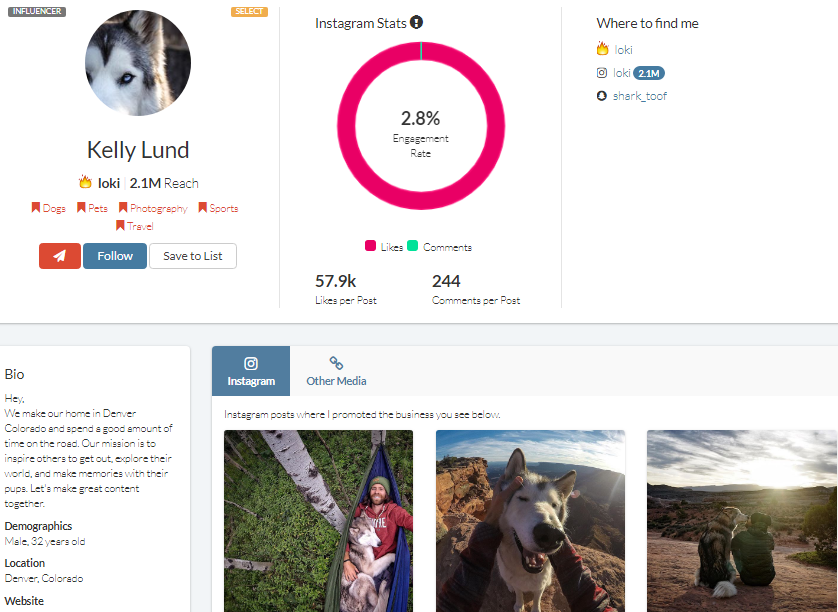
Image Source: Influence.co
Conclusion
Using analytics to formulate your social media strategy is an effective way to ensure good results. If your initiatives are backed by data, then they have a higher probability of success.
Use this post as a starting point to guide you through the different ways you can leverage analytics to improve your social media performance.
Do you know of any other ways in which analytics can be used to improve social media performance? Let us know in the comments below.
Digital & Social Articles on Business 2 Community
(60)


